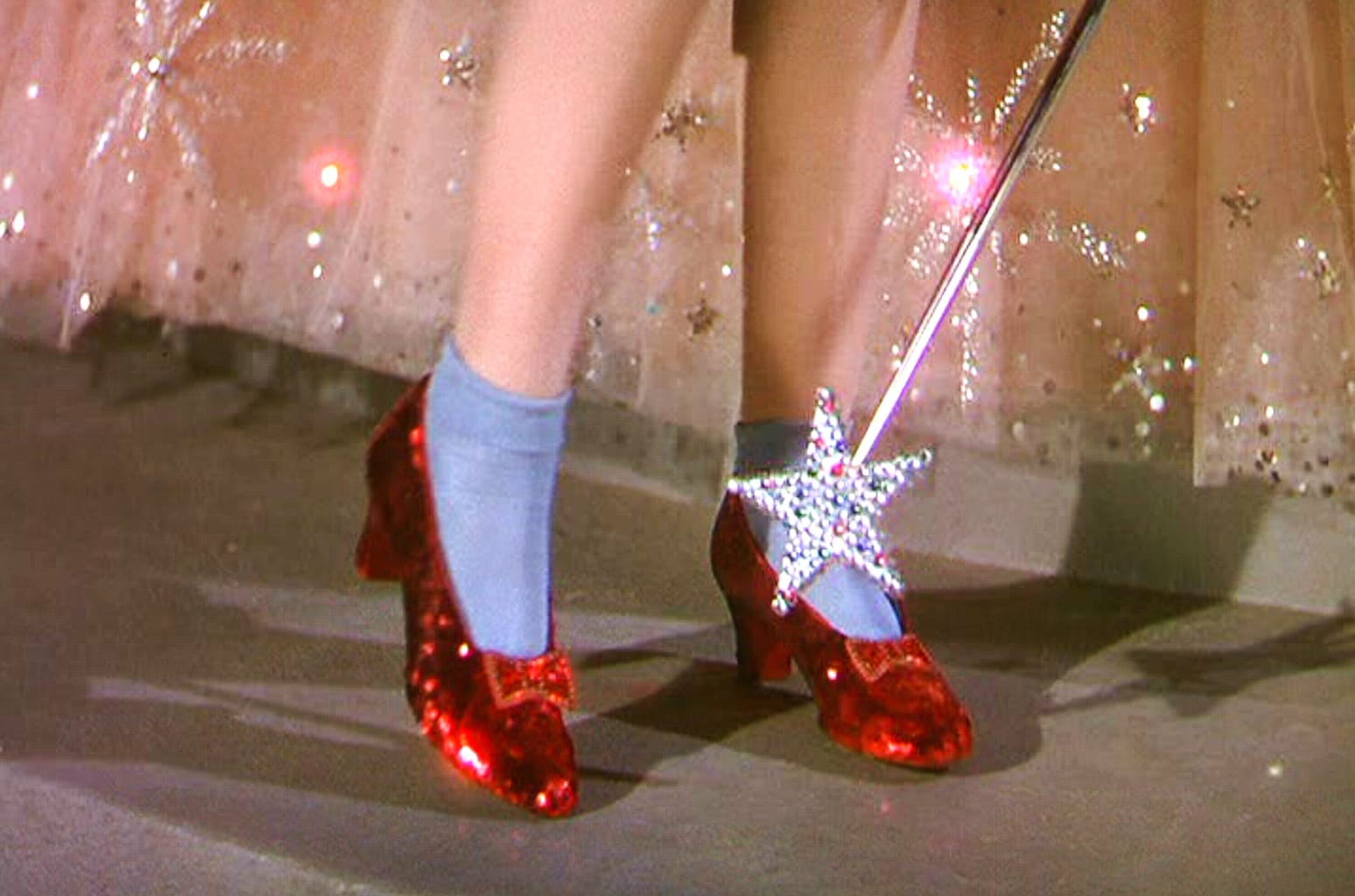The box office landscape has seen a dynamic shift with the release of Sonic the Hedgehog 3, which has emerged as a frontrunner in North America, surpassing the $100 million milestone. This achievement not only highlights the film’s popularity but also reflects the ongoing appeal of video game adaptations in cinema. Sonic the Hedgehog 3, the latest installment in the franchise, has captivated audiences with its engaging storyline, vibrant animation, and beloved characters, continuing the legacy established by its predecessors.
Since its release, Sonic the Hedgehog 3 has attracted a diverse audience, appealing to both long-time fans of the franchise and new viewers. The film’s ability to resonate with different demographics is a testament to its well-crafted narrative and character development. The storyline builds on the established lore of the Sonic universe while introducing new elements that keep the plot fresh and exciting. Viewers have been drawn to the film’s action-packed sequences, humor, and heartwarming moments, all of which contribute to its box office success.
In contrast, Mufasa, a highly anticipated film that serves as a prequel to the beloved Lion King franchise, has also made waves at the box office but has struggled to keep pace with Sonic the Hedgehog 3. While Mufasa has garnered attention due to its connection to a classic story, it appears that Sonic’s established fanbase and the growing popularity of animated features have given it the edge. The competition between these two films reflects broader trends in the entertainment industry, where franchises with a strong following often outperform new entries, regardless of their pedigree.
The success of Sonic the Hedgehog 3 can be attributed to several factors. First and foremost is the effective marketing strategy that has engaged audiences through various platforms, including social media, trailers, and merchandise. The film’s promotional campaign has successfully generated buzz and excitement, enticing viewers to experience the film in theaters. Additionally, the timing of the release has played a crucial role. Positioned during a period when families and young audiences are looking for entertainment options, Sonic the Hedgehog 3 has benefitted from favorable viewing conditions.
Moreover, the film’s reception among critics and audiences has been largely positive, with many praising its animation quality, voice acting, and overall entertainment value. This positive word-of-mouth has contributed to sustained ticket sales, allowing Sonic the Hedgehog 3 to maintain its box office momentum. The film’s success is not only a win for its creators but also reinforces the notion that animated films can be significant contenders in the box office arena, appealing to audiences of all ages.
As Sonic the Hedgehog 3 continues to perform well, industry analysts are closely monitoring its trajectory. The film’s ability to remain a top contender in the box office may influence future projects within the franchise and the broader landscape of video game adaptations. The success of Sonic the Hedgehog 3 serves as a case study for studios considering similar adaptations, demonstrating that with the right approach, these films can achieve both critical and commercial success.
In summary, Sonic the Hedgehog 3’s impressive box office performance, crossing the $100 million mark in North America, showcases the film’s widespread appeal and the effectiveness of its marketing strategy. While Mufasa has also made a significant impact, it has not been able to match the momentum of Sonic. As audiences continue to flock to theaters, the success of Sonic the Hedgehog 3 may pave the way for more animated features and adaptations that resonate with viewers, ensuring that the franchise remains a vital part of the cinematic landscape.


